Easter Is Almost Here, Time To Prepare The Eggs! (Page Three)
We gather together, along with 48 freshly hardened eggs, to make joyous color and be with family!
Arriving home with full tummies and burning tongues, we begin the process!


The proper English way to begin is with a glass of wine!
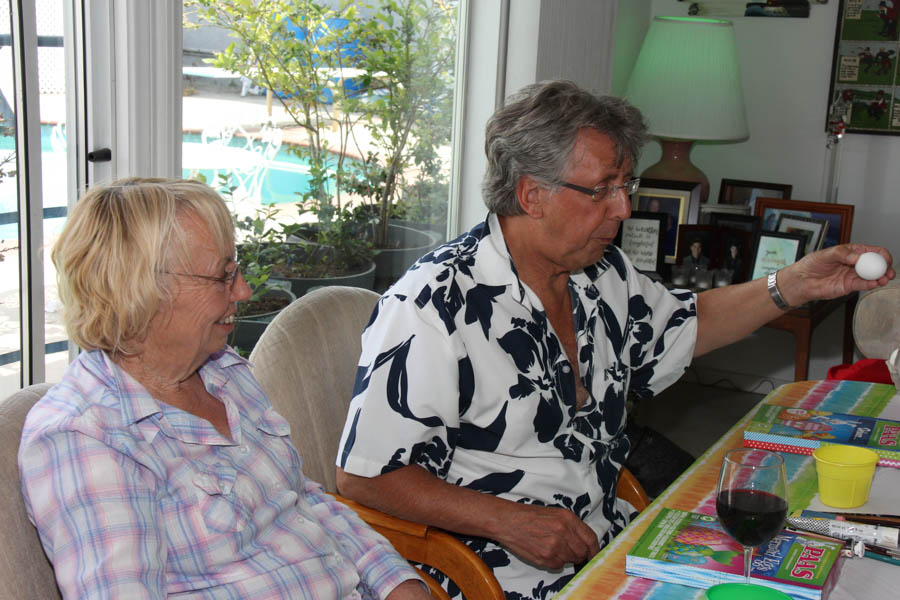
The egg is selected and approval from Jan has been achieved
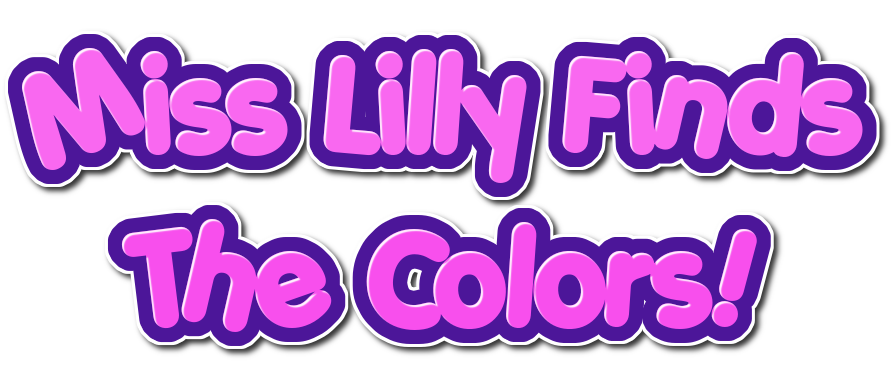

Mom is always there to help!

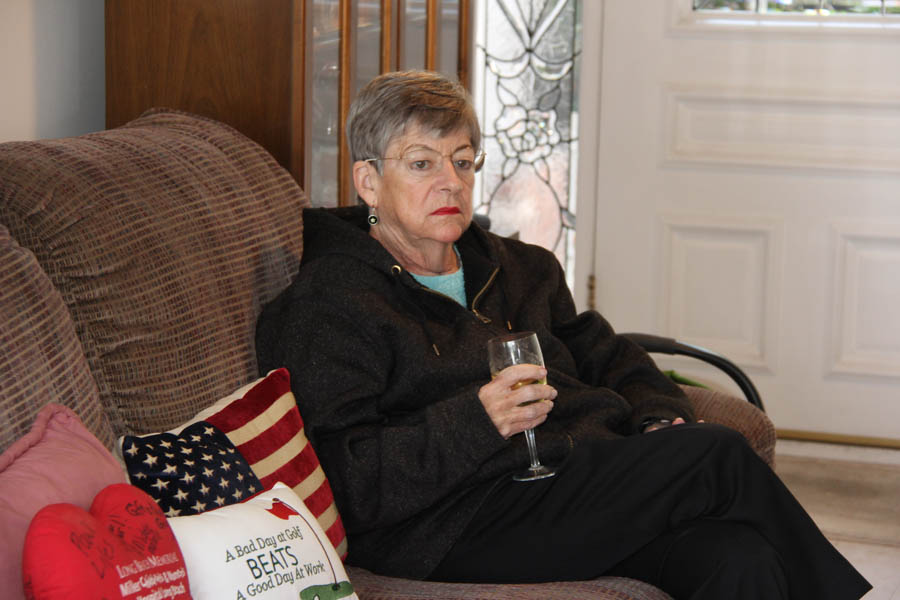
Great Grandma Sue assumes the Supervisory Position!
Watching with interest!
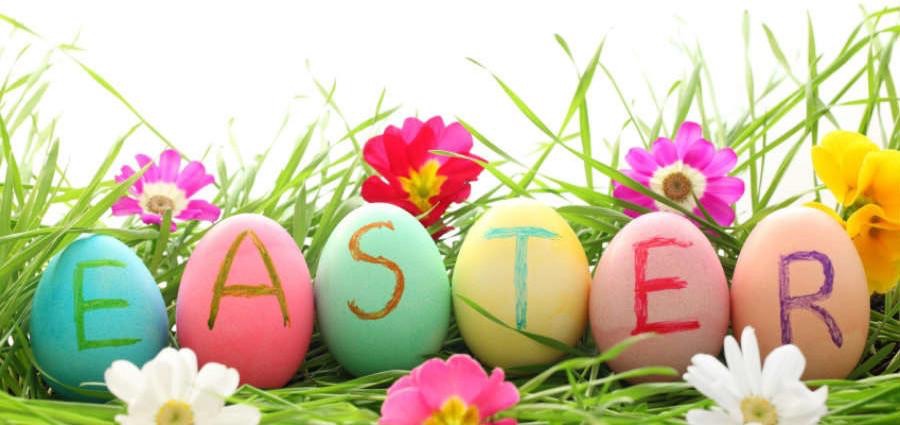
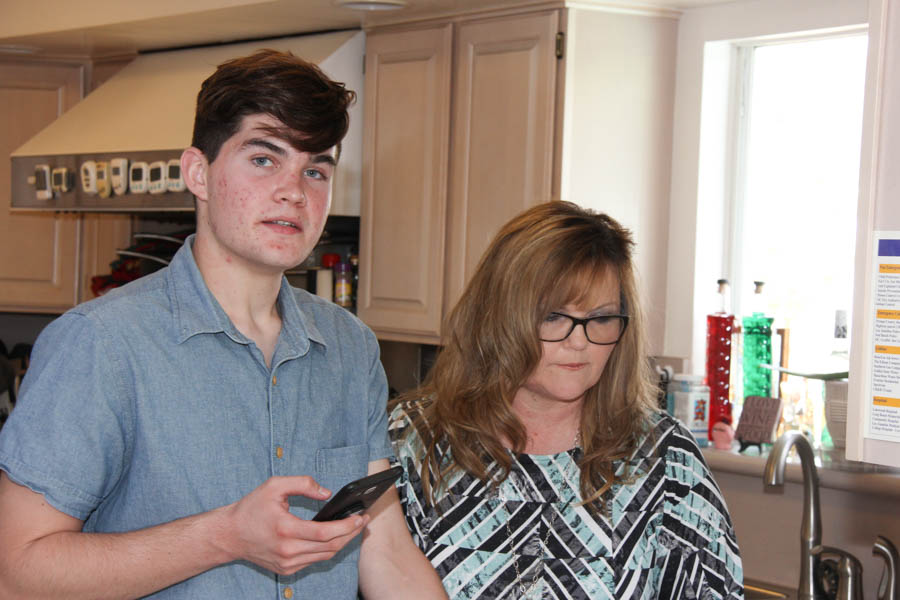
Nick now towers over Mom! But, Mom rules the roost!
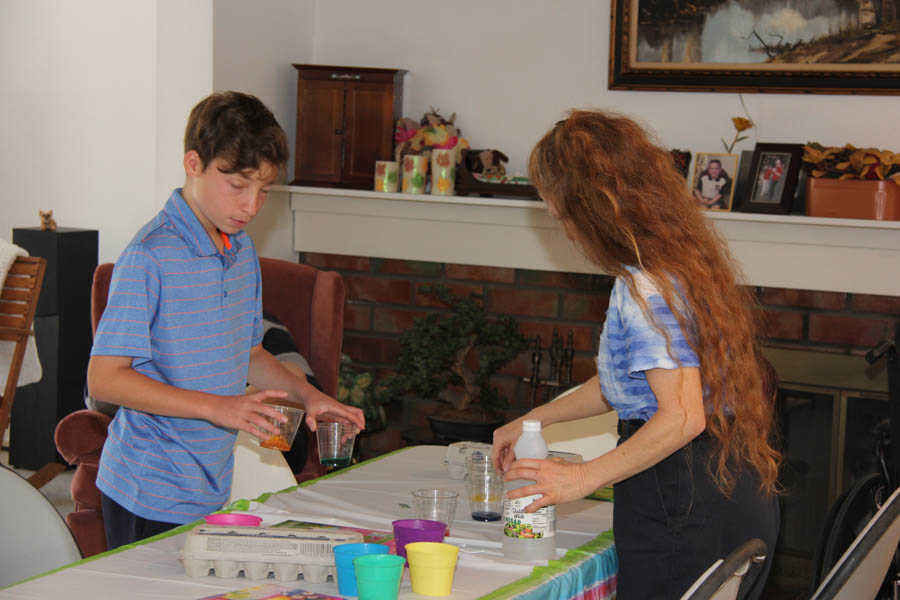
Meanwhile we are getting organized in the front room!

Dreaming up a new egg coloring technique

"I have a plan"

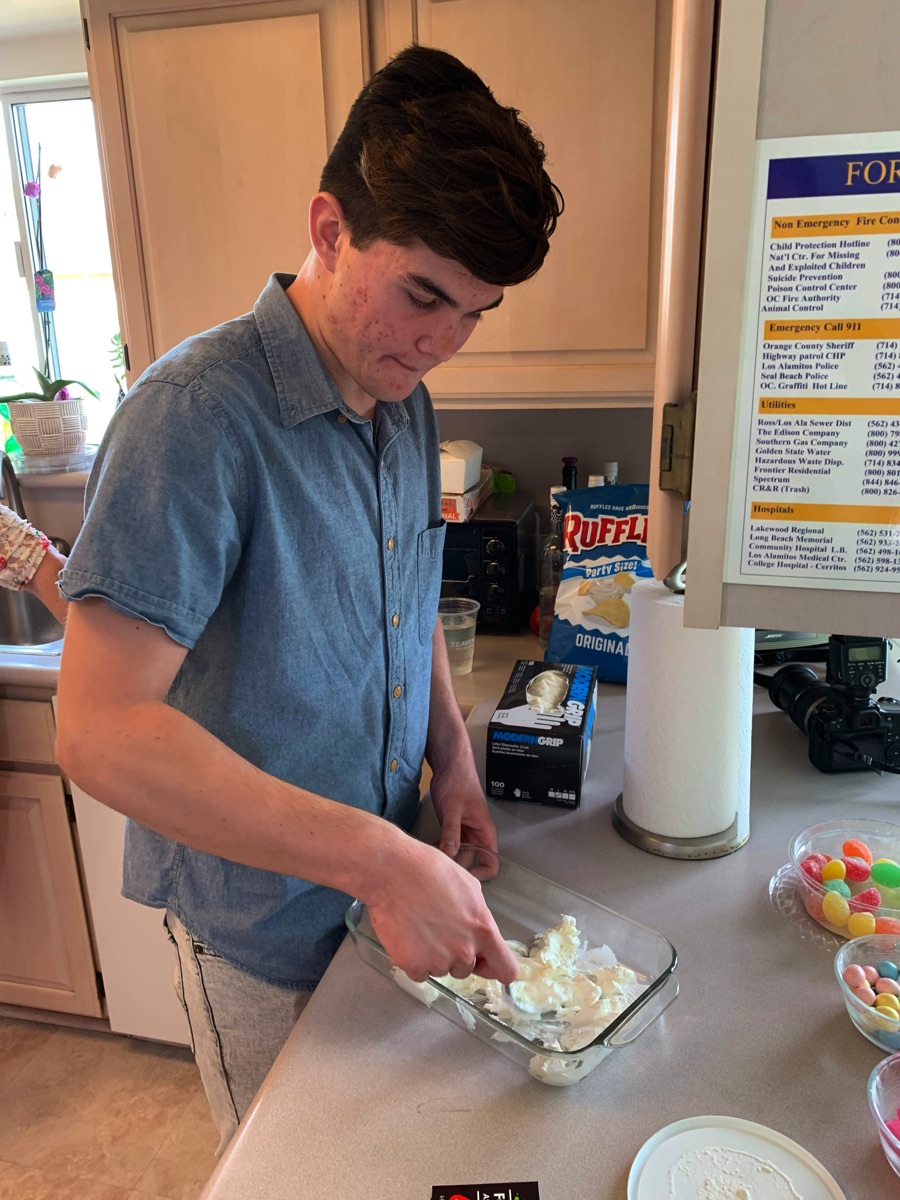
We found the idea on Facebook... It's gotta be good!

Nick does the honors
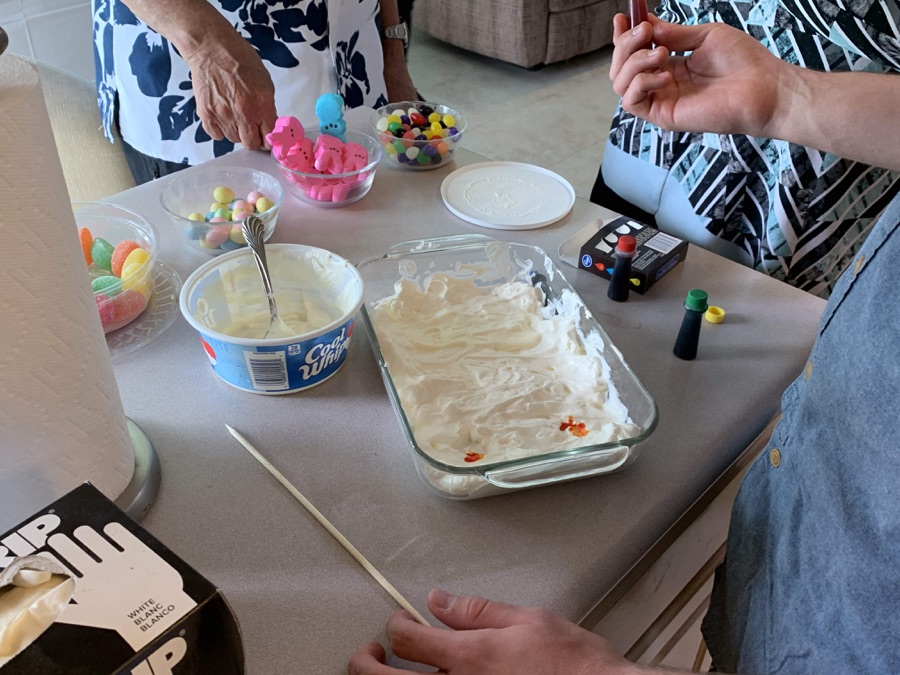
Here goes the drops of color
Did You Know? - The addition of colorants to foods is thought to have occurred in Egyptian cities as early as 1500 BC, when candy makers added natural extracts and wine to improve the products' appearance.
During the Middle Ages, the economy in the European countries was based on agriculture, and the peasants were accustomed to producing their own food locally or trading within the village communities. Under feudalism, aesthetic aspects were not considered, at least not by the vast majority of the generally very poor population.
This situation changed with urbanization at the beginning of the Modern Age, when trade emerged—especially the import of precious spices and colors. One of the very first food laws, created in Augsburg, Germany, in 1531, concerned spices or colorants and required saffron counterfeiters to be burned.
With the onset of the industrial revolution, people became dependent on foods produced by others.
These new urban dwellers demanded food at low cost. Analytical chemistry was still primitive and regulations few. The adulteration of foods flourished.
Heavy metal and other inorganic element-containing compounds turned out to be cheap and suitable to "restore" the color of watered-down milk and other foodstuffs, some more lurid examples being:
- Red lead (Pb3O4) and vermillion (HgS) were routinely used to color cheese and confectionery.
- Copper arsenite (CuHAsO3) was used to recolor used tea leaves for resale. It also caused two deaths when used to color a dessert in 1860.
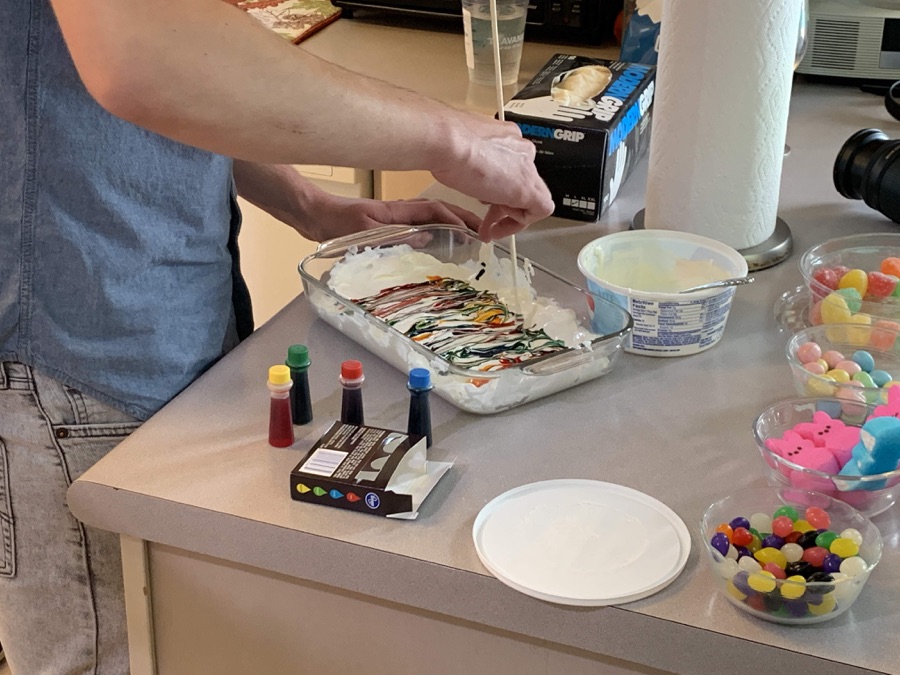
It's a rainbow of colors...all USDA approved!
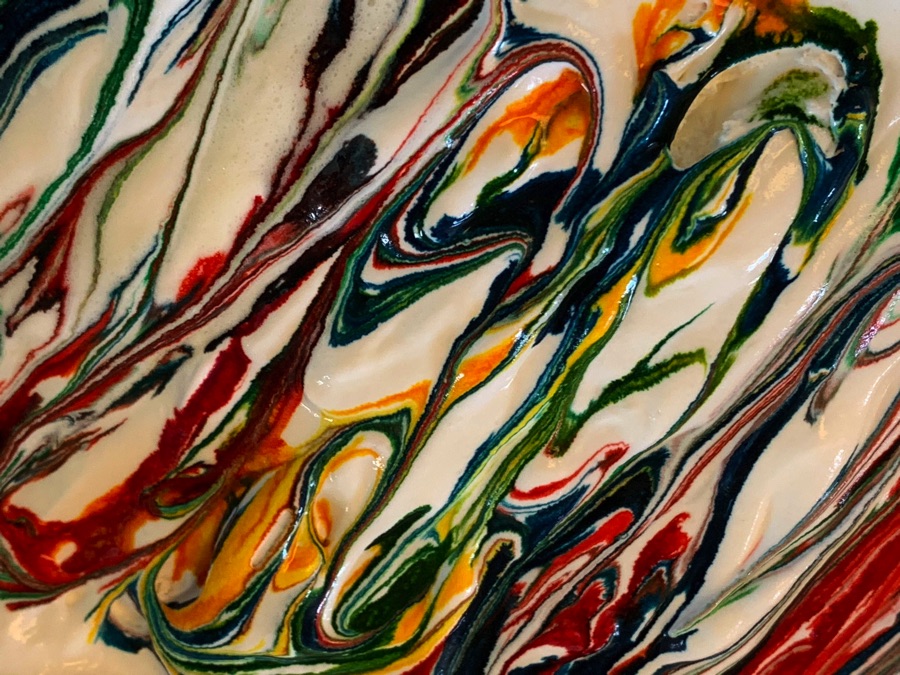
Time to roll the eggs in the colors

Paul read about it on the Internet... It's gotta be true!
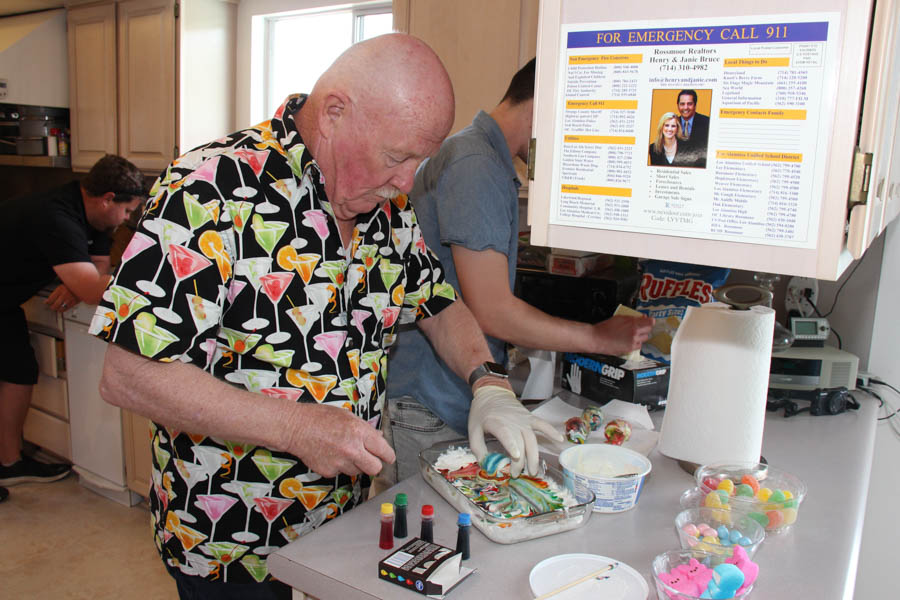
Notice the emergency numbers are nearby!
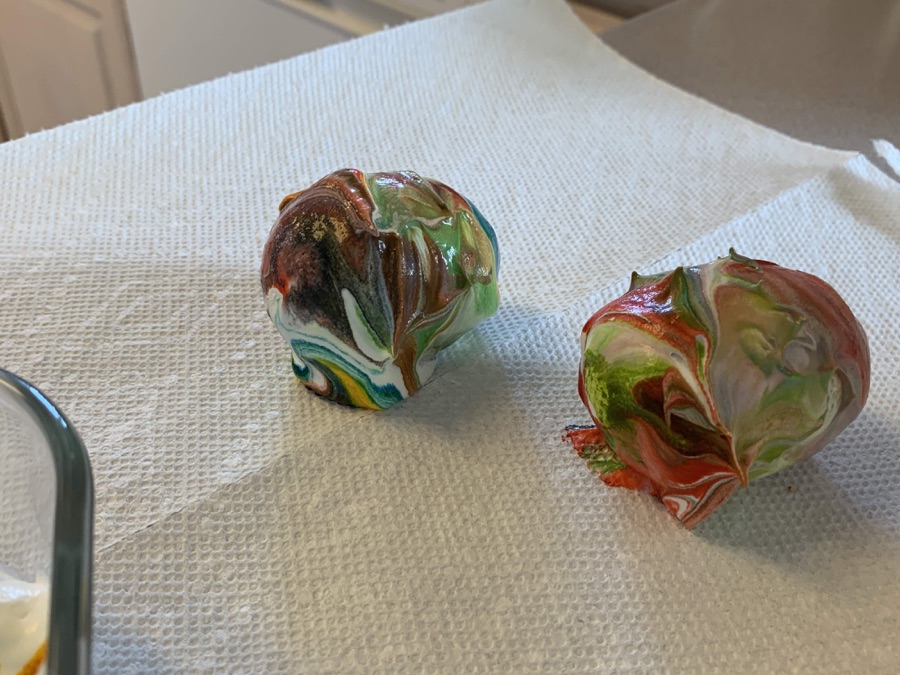
Now we wait 20 minutes for the colors to soak into the shells
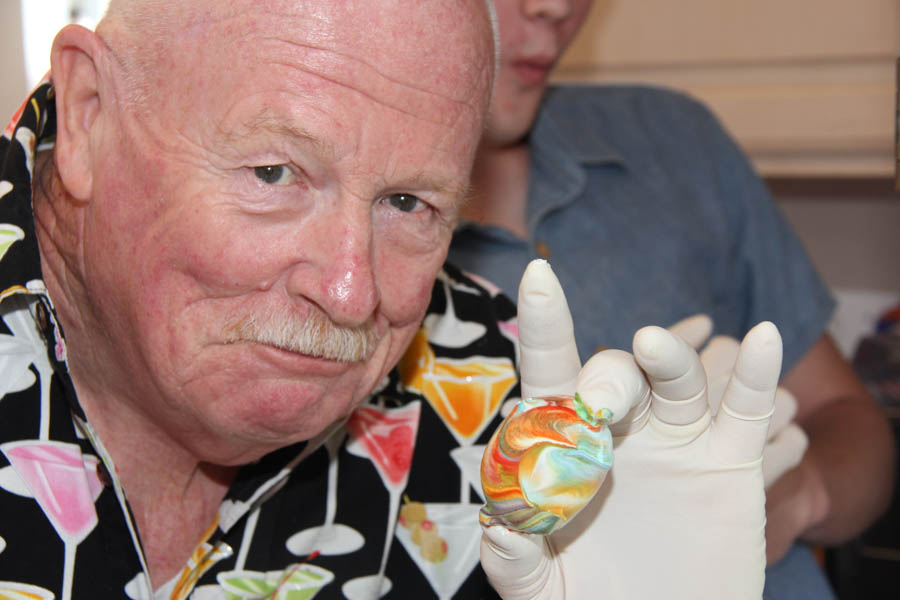
Hey! It worked!!
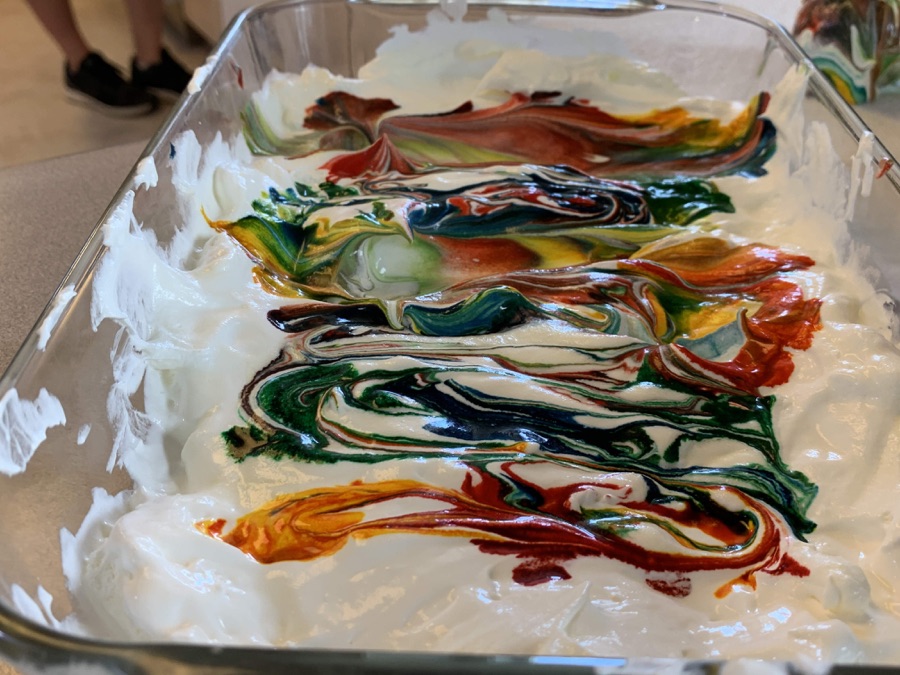
Perfect for the top of vanilla icr cream!
(Of course, your tongue would never be the same!)
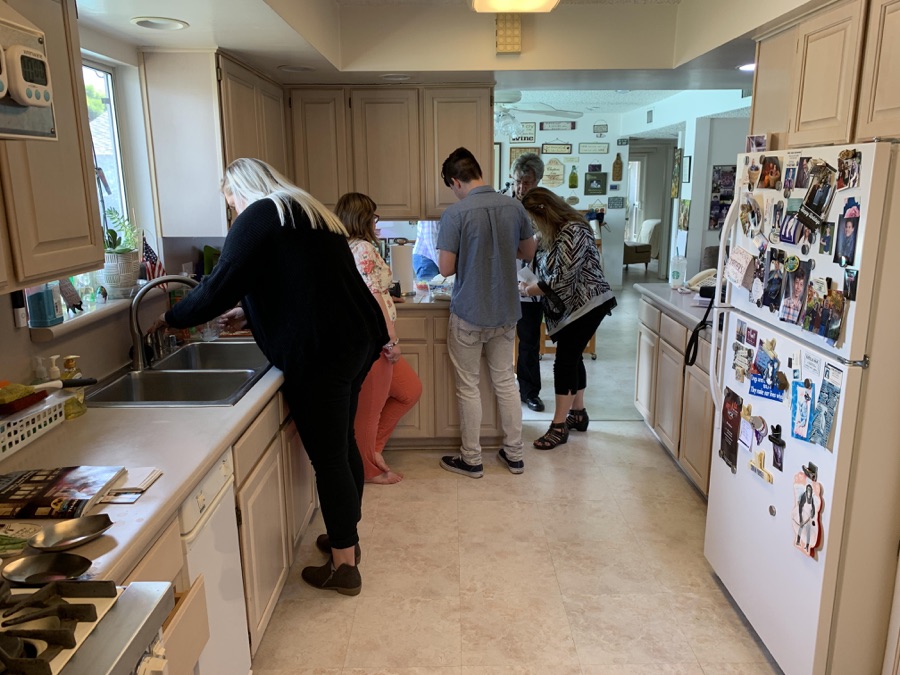
People at work
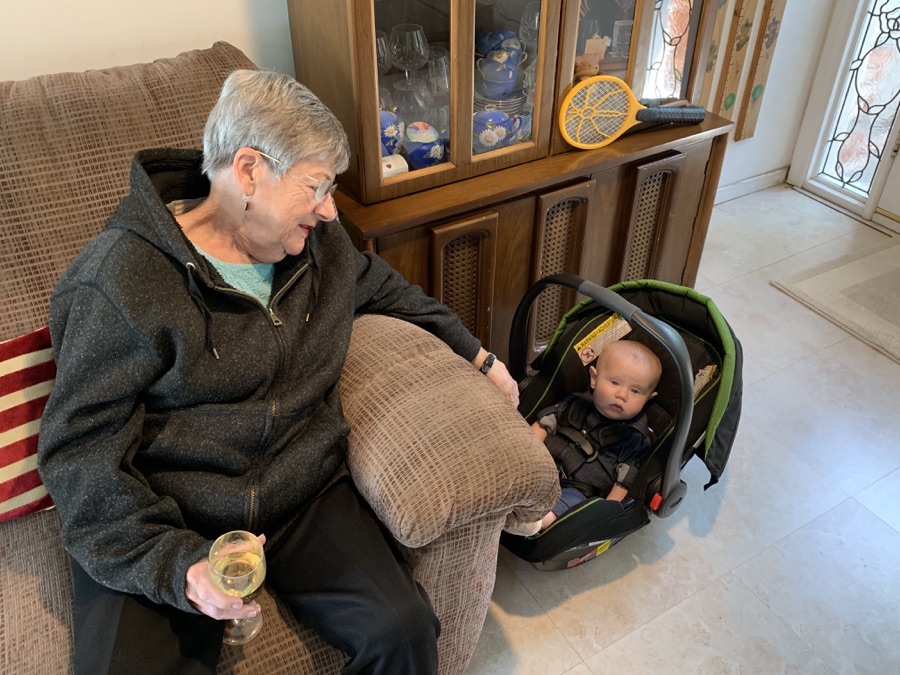
Great Grandma and Remy carry on a side conversation
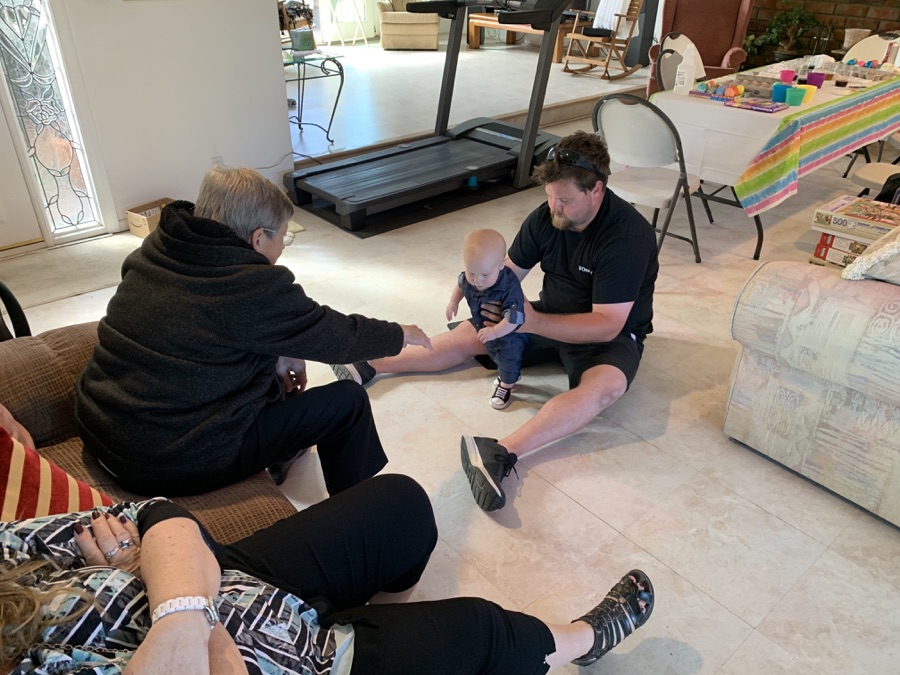
Someone wants up to play

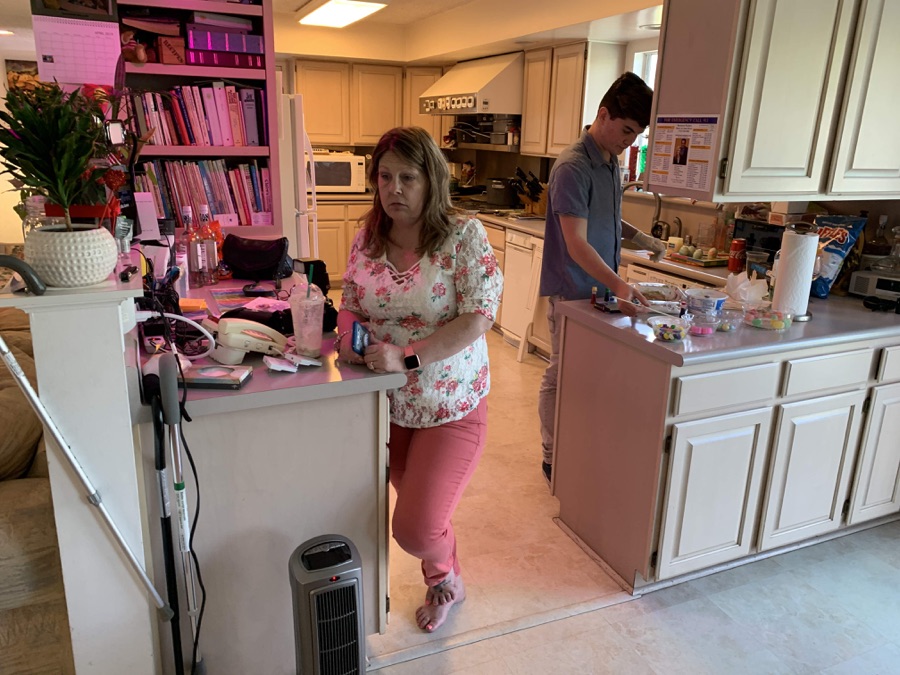
Colleen checks with Mark
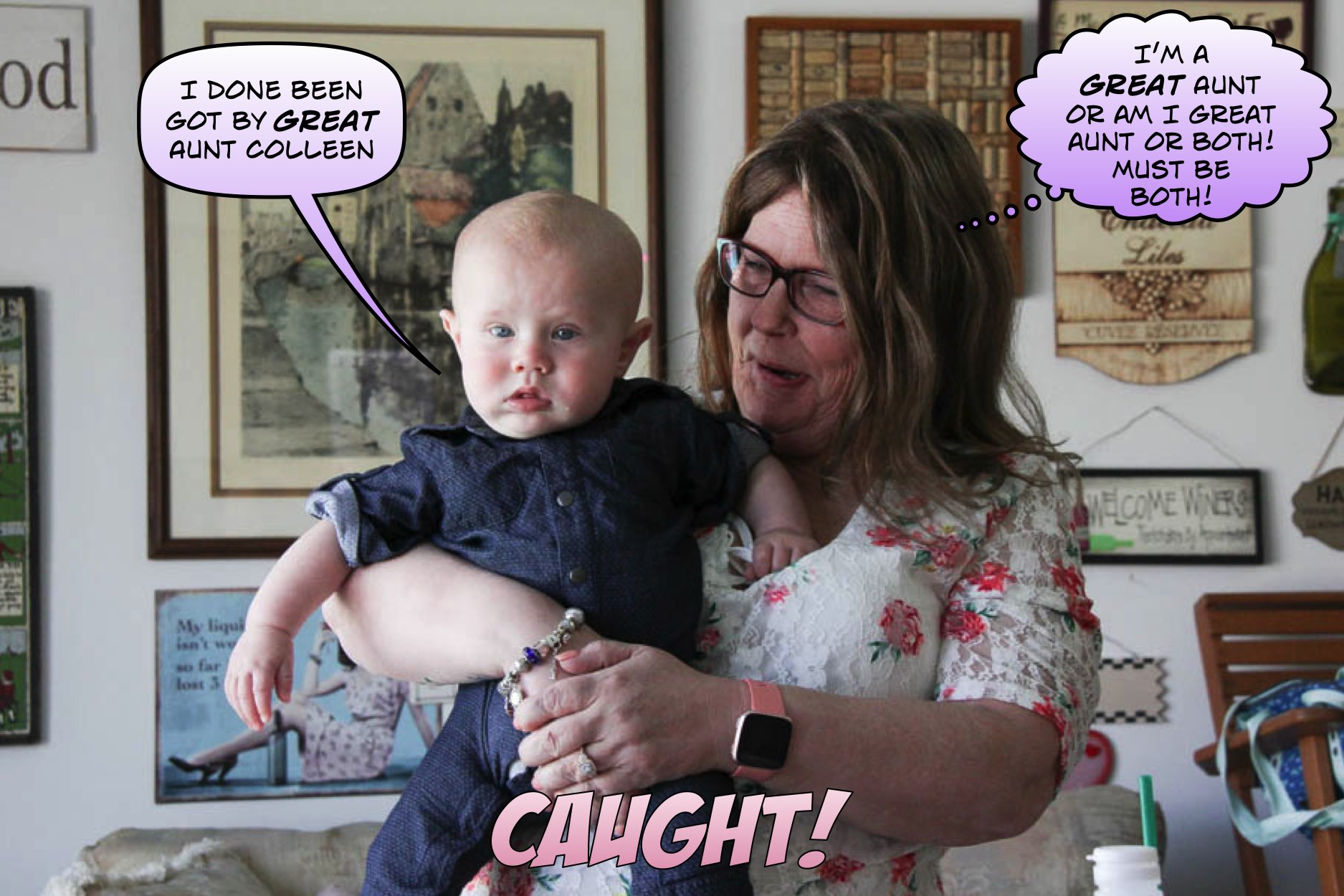
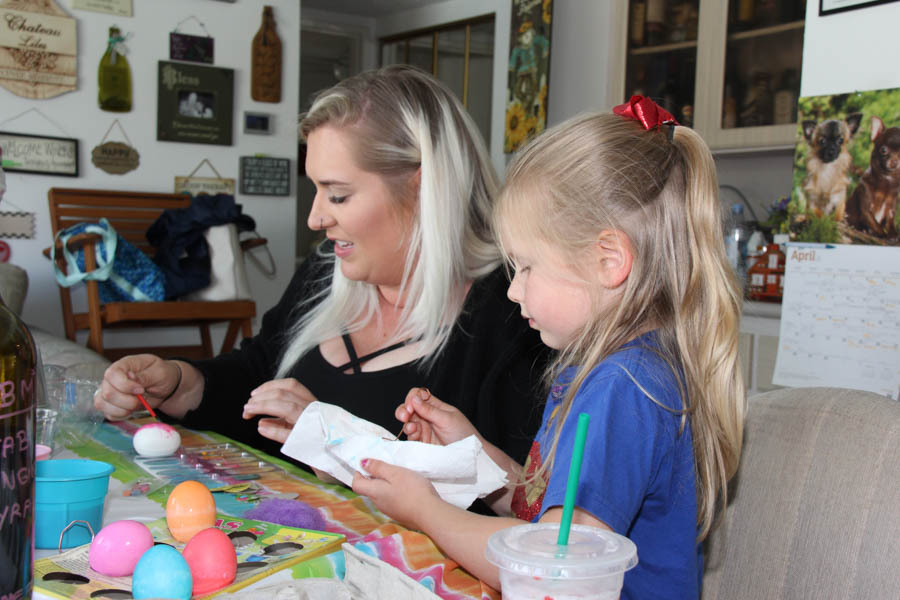
Mommy and Lilly working together!

The "Elders" provide adult supervision!

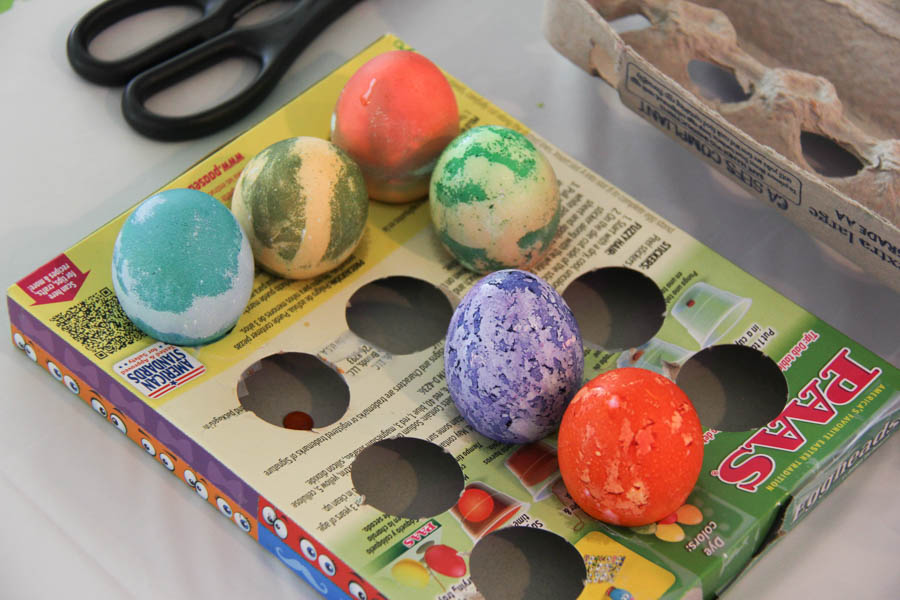
Magnificent
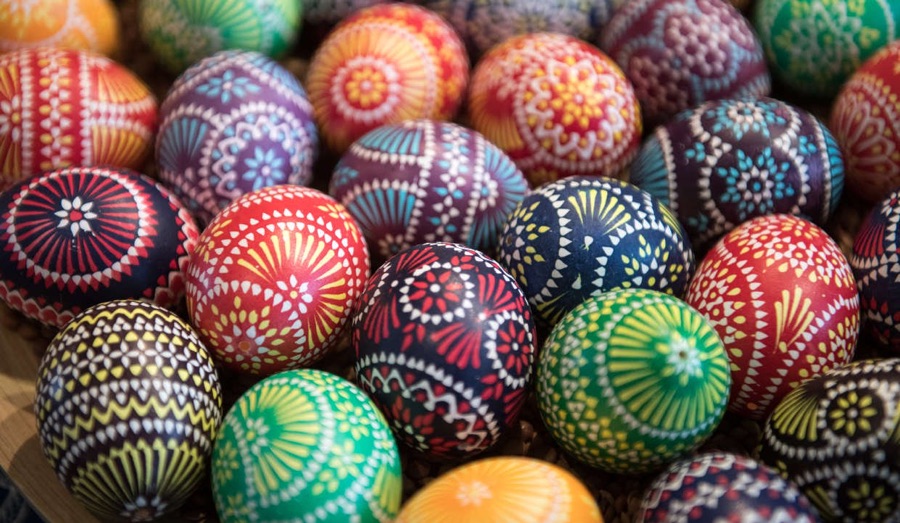

My wine dye is golden in color!
I will be pretty on the inside!
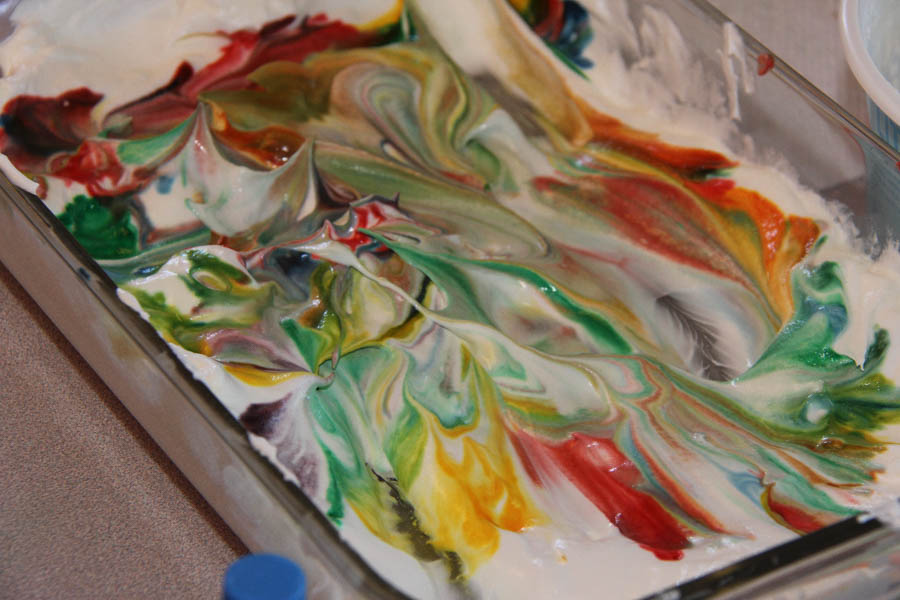
Cool Whip and Food Coloring...After several eggs have been rolled!
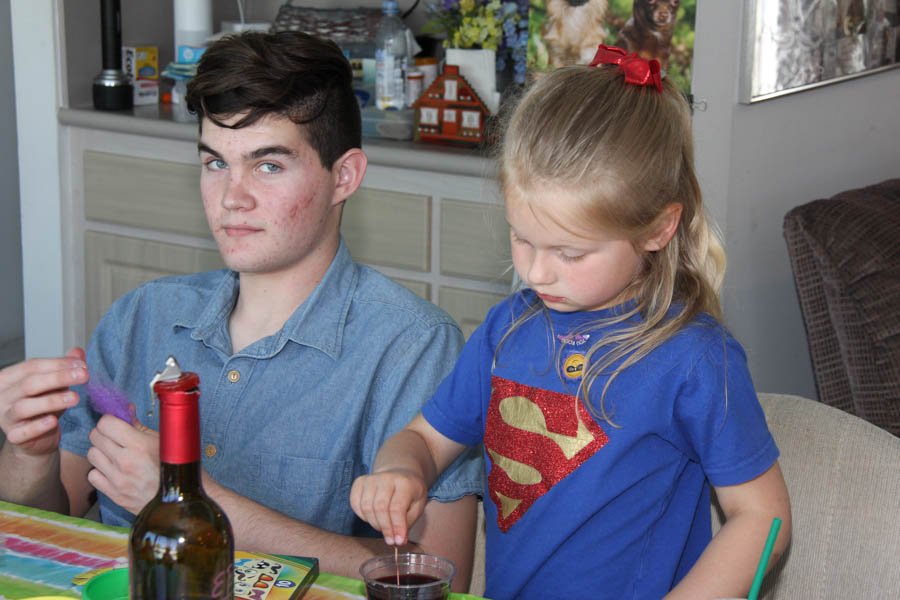
Nick trying to figure out where to glue the purple hair....
Why is he looking and Grandpa Paul?
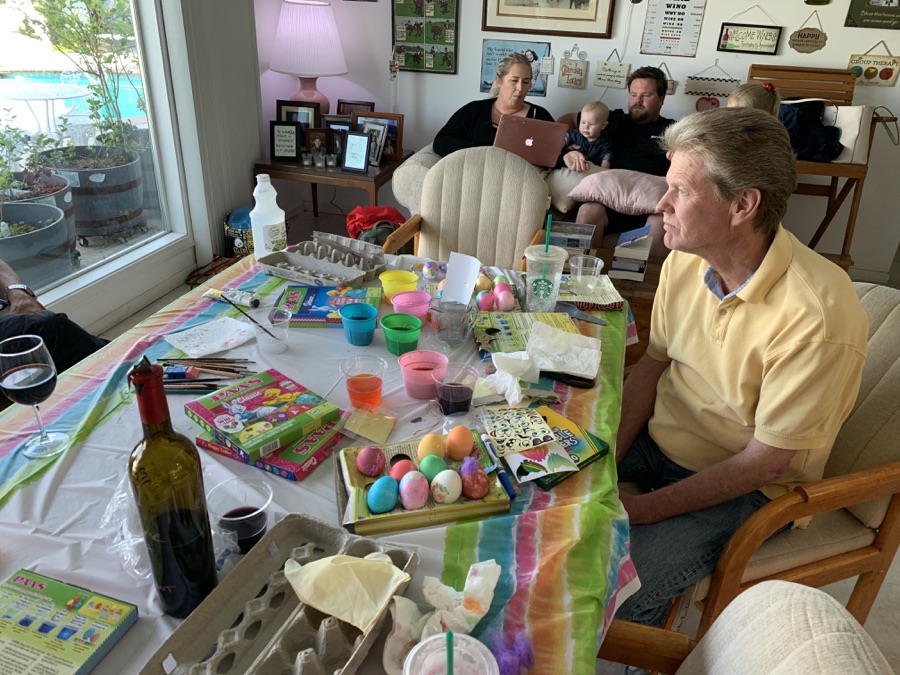
Mitch is also busy creating artwork for the ages
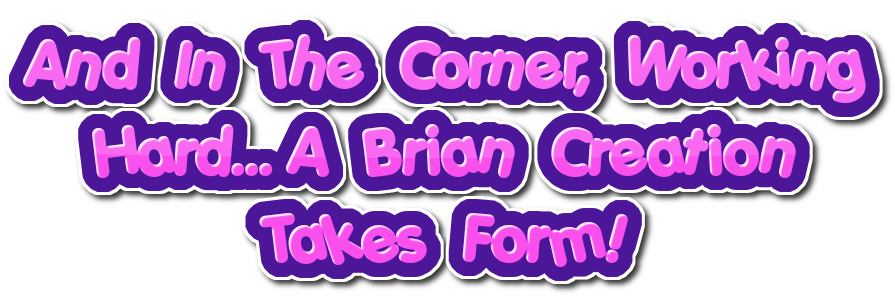
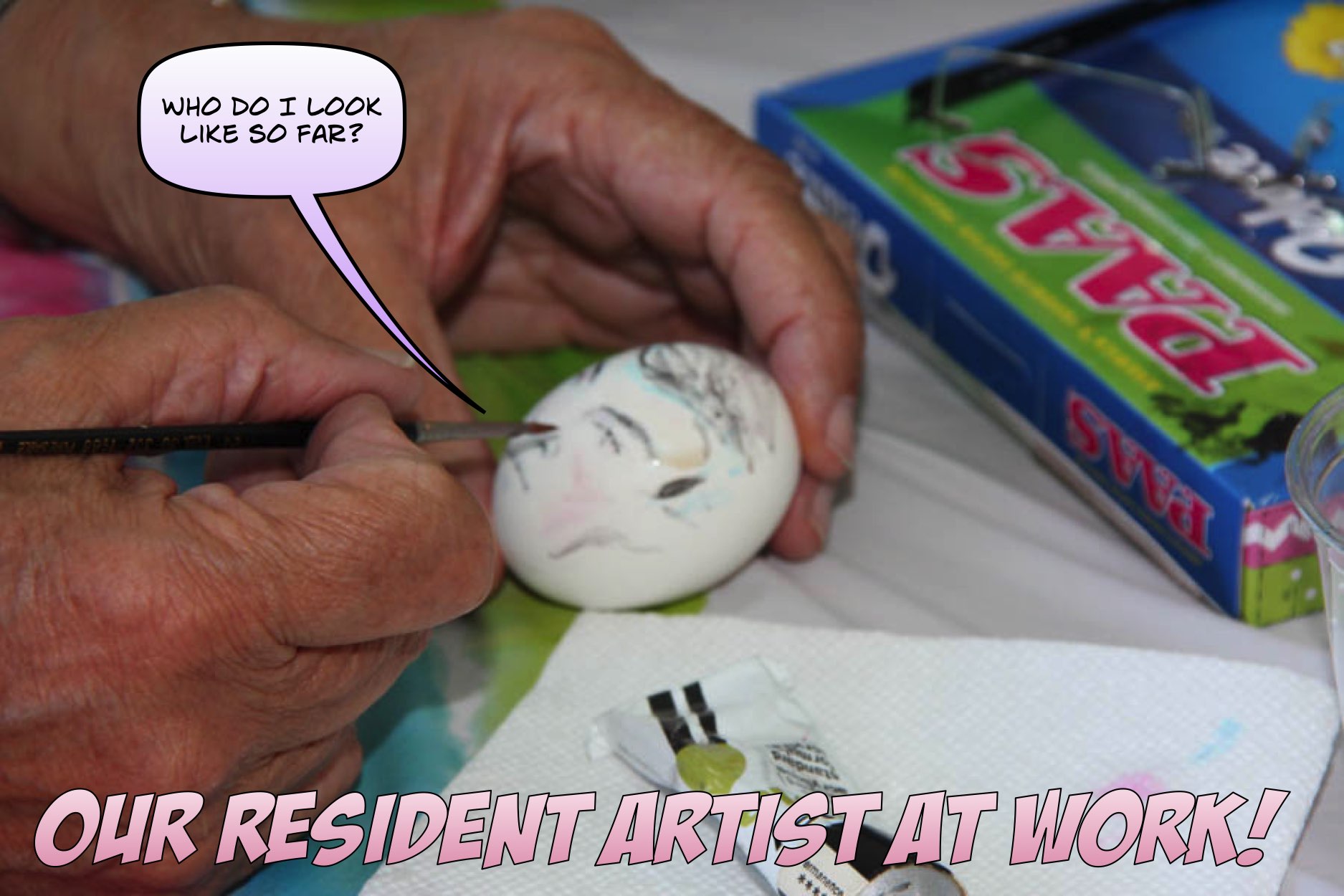
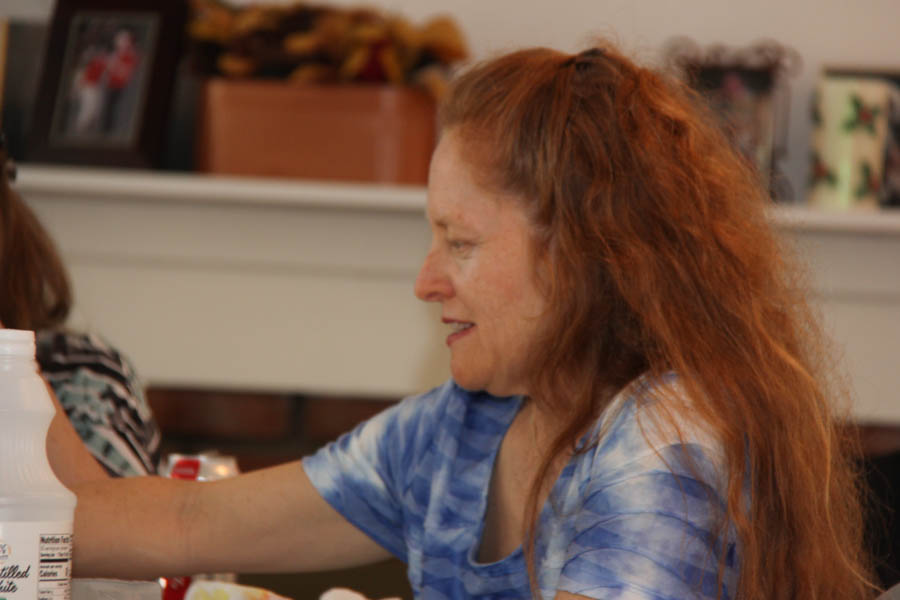
What???? Reading the instructions???? Shame on you!

Over in Rainbow Circle we have.....


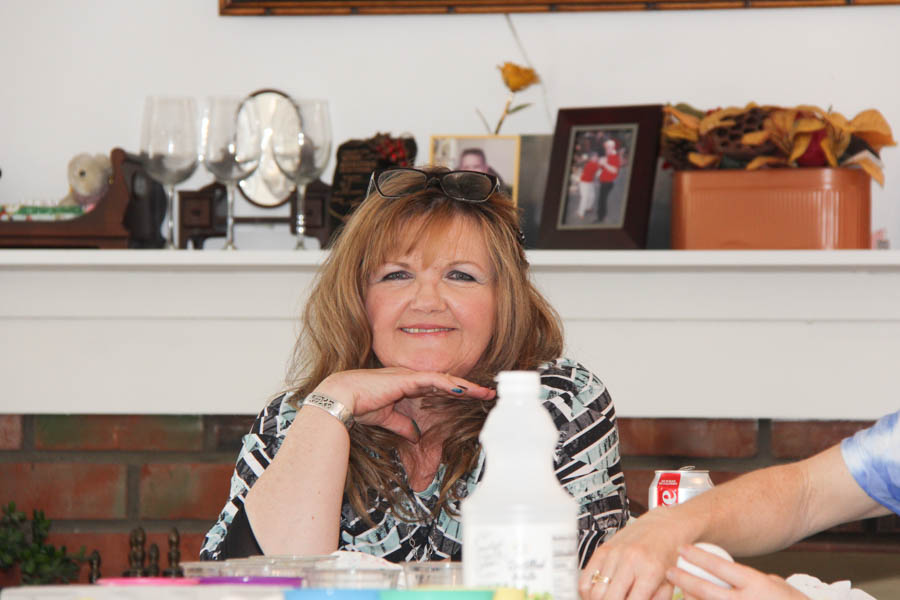
The POSE is caught on camera

Our resident "eggologist" in action
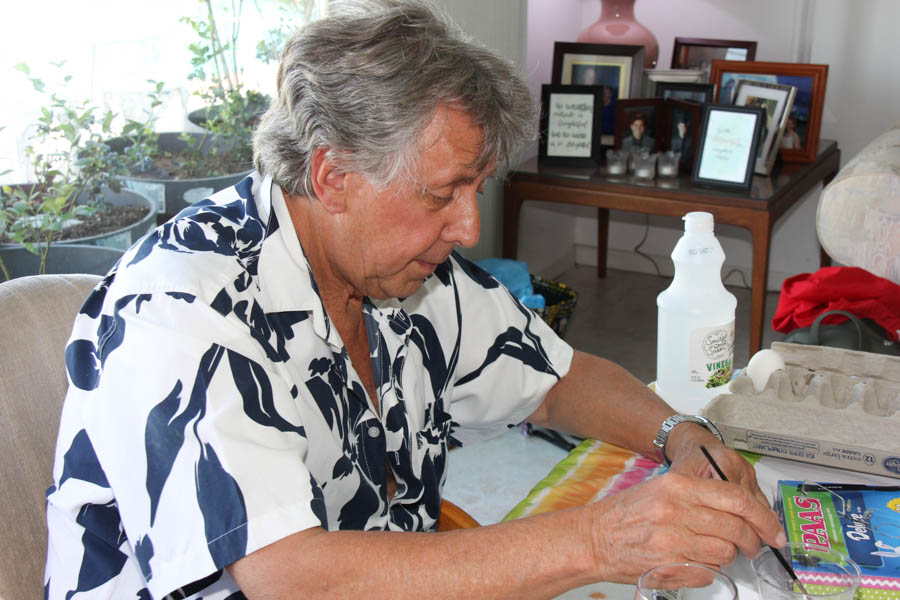
Working away on making Nick an egg

"Hey Dad... What's in the frig??"
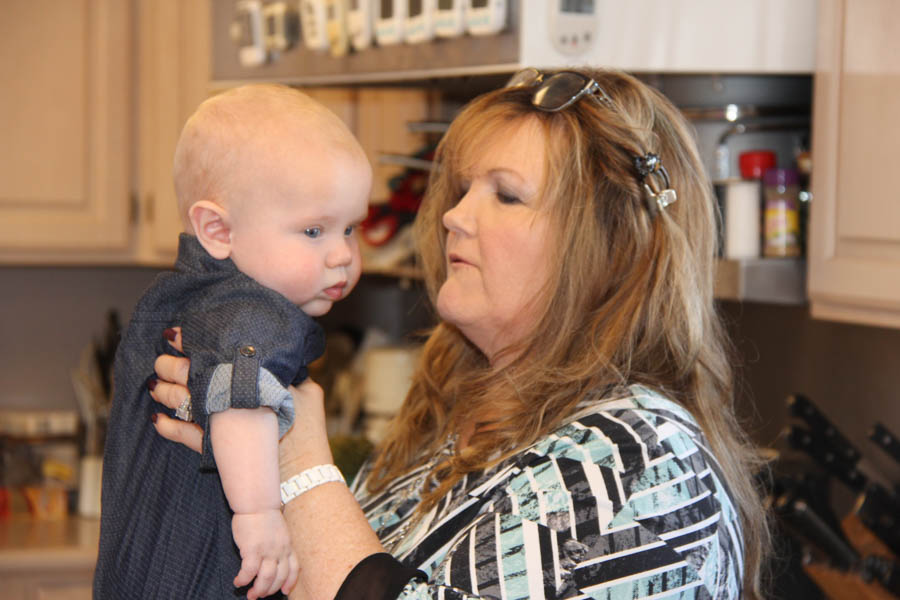
Oh oh... Been captured again!

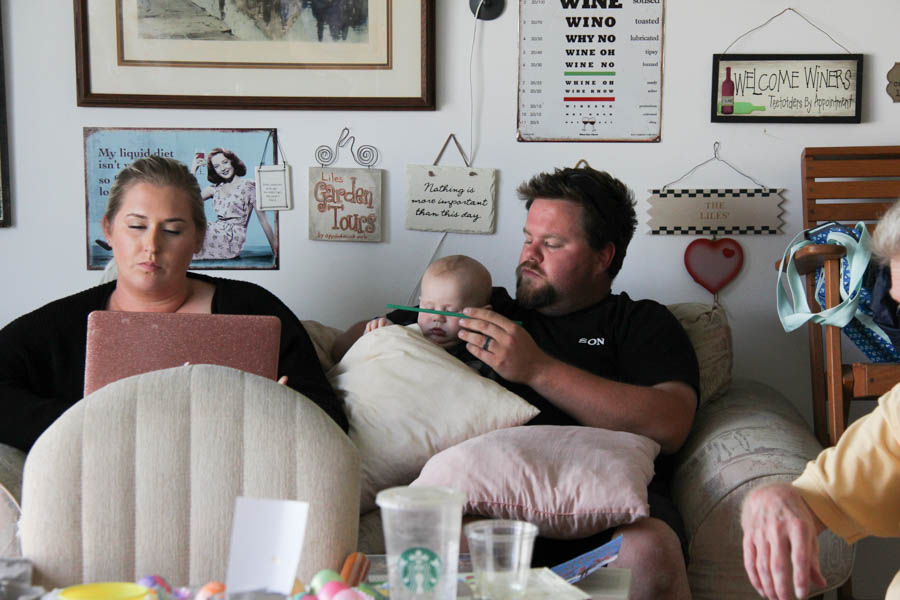
Do school assignments ever end??
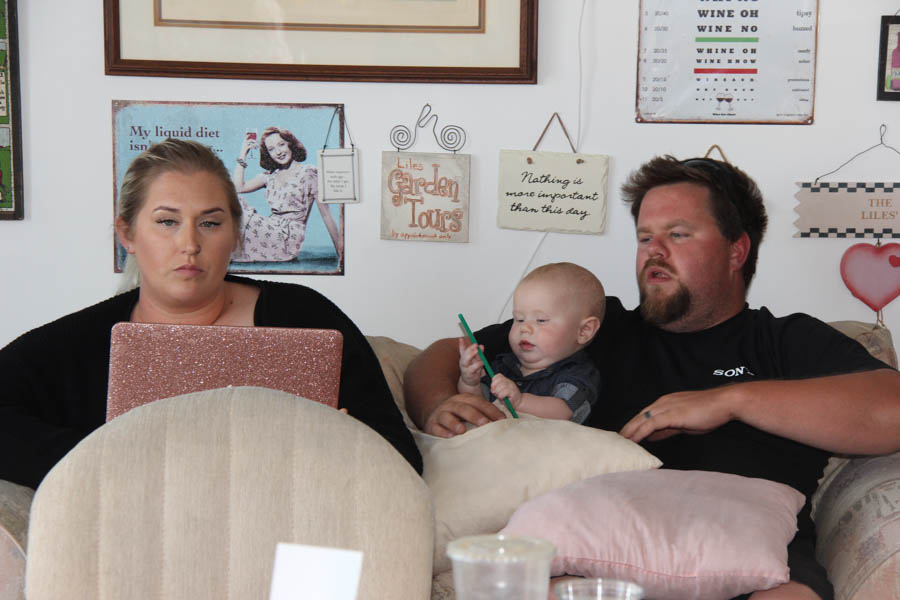
Remy is practicing!
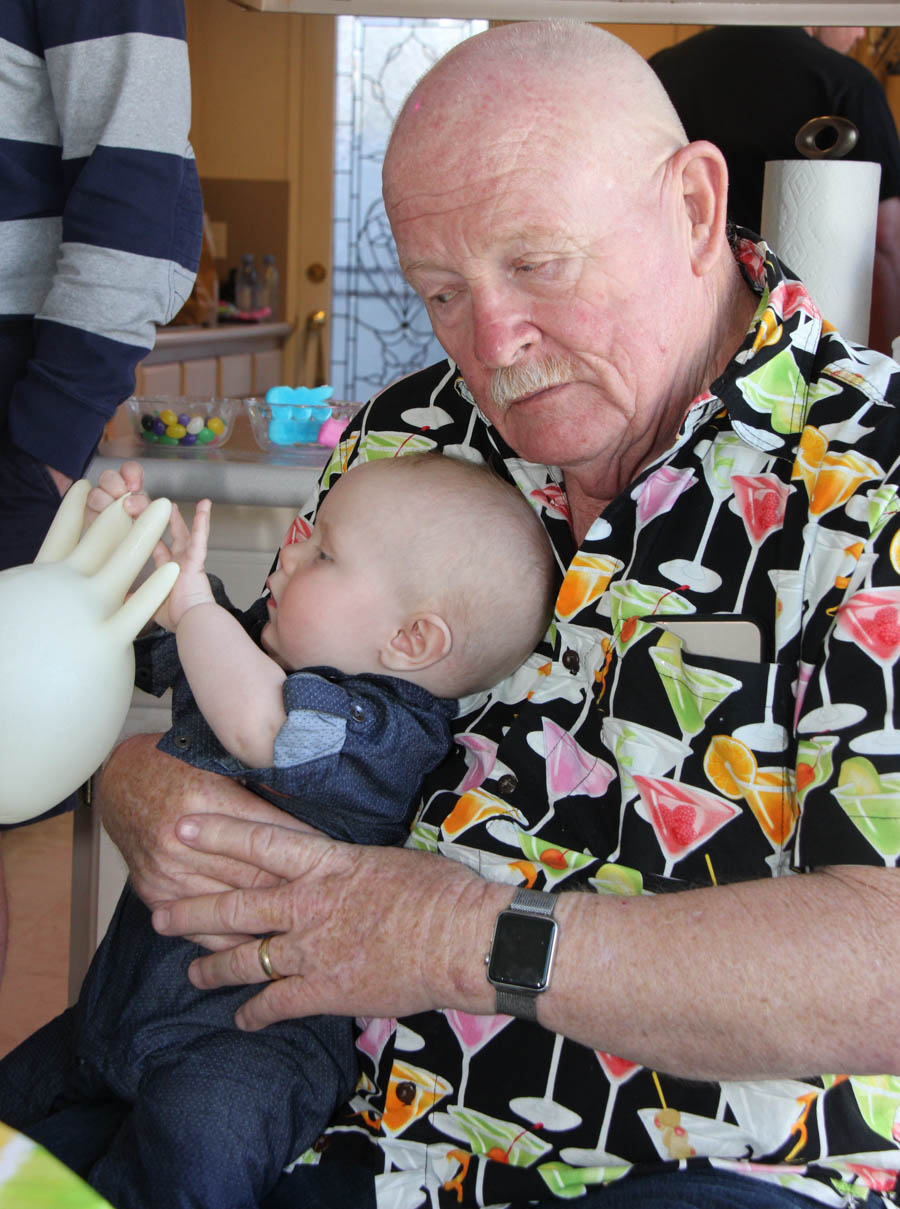
Great Grandpa gets a turn with Remy!
The rubber (latex) gloves have him fascinated (Remy that is!)
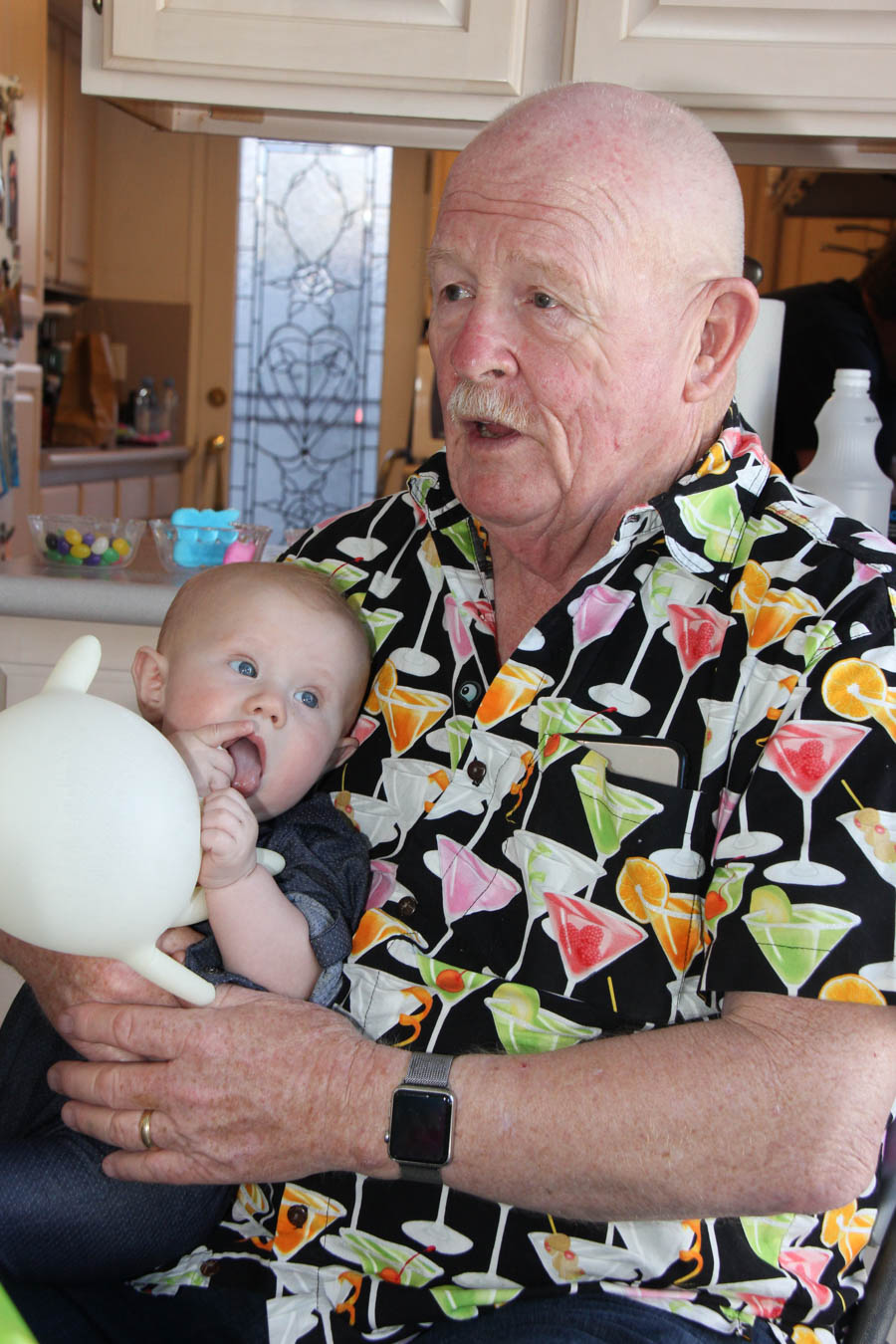
Wow! Great fun! Did you notice, our heads match!
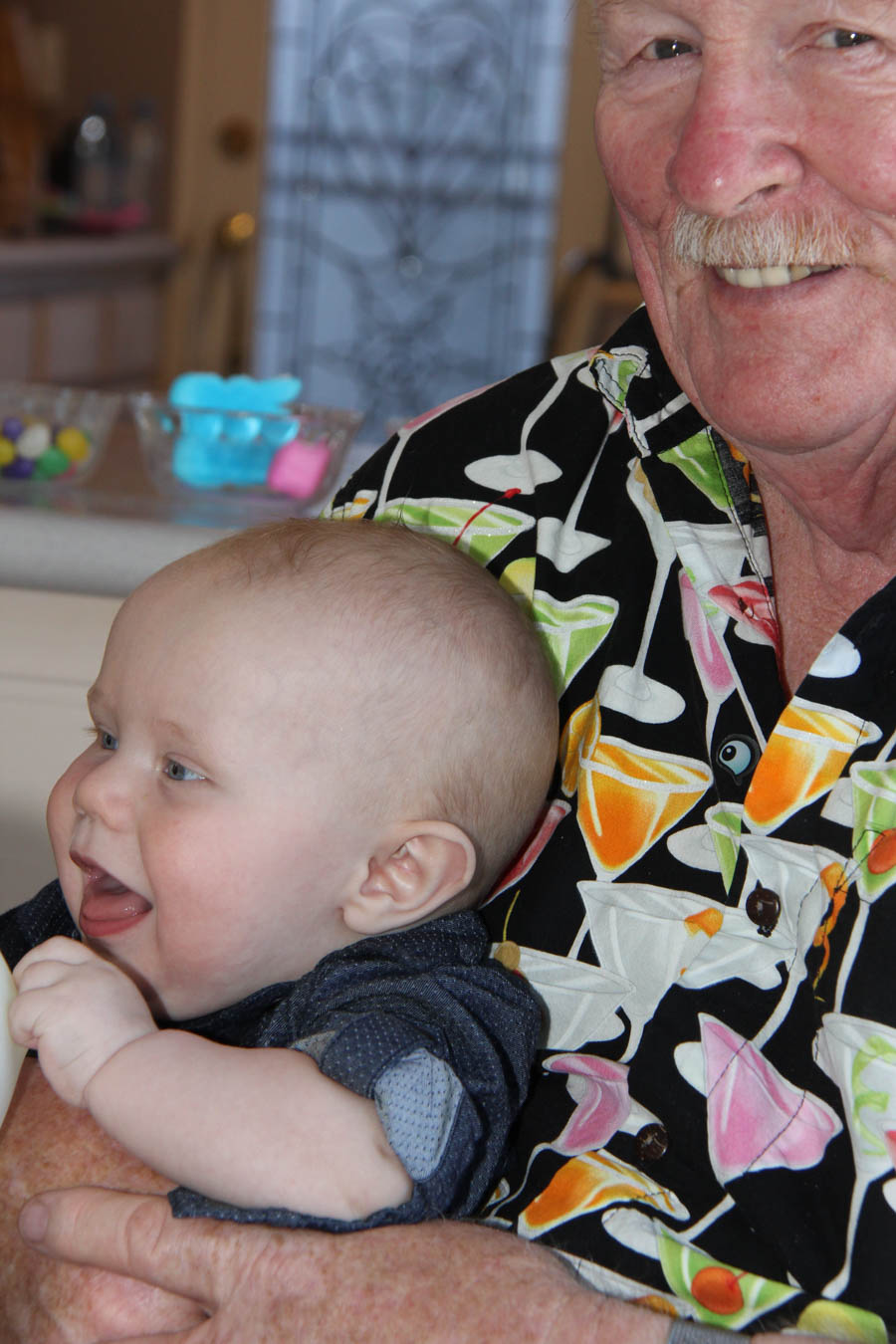
Great Grandpa has a soft belly... Fun to bounce on!
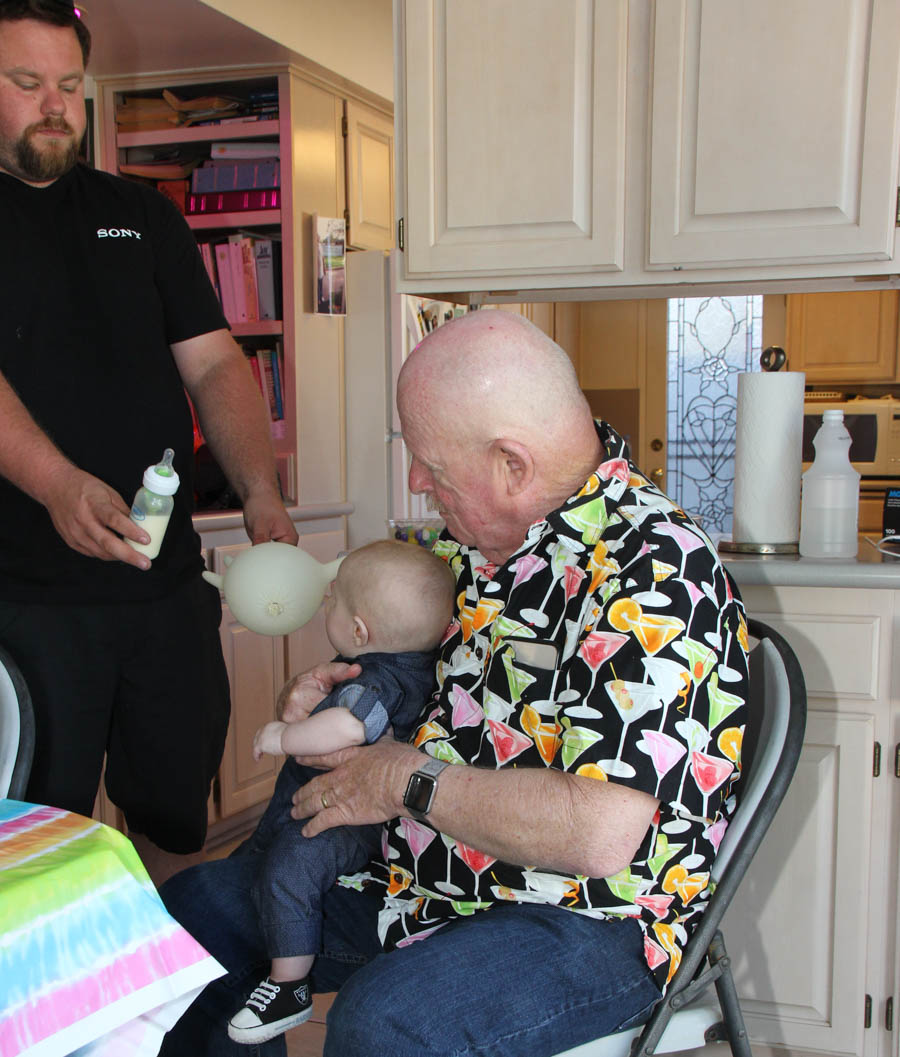
Make a choice!
Remember - "You've got to do your own growing, no matter how tall your grandfather was."
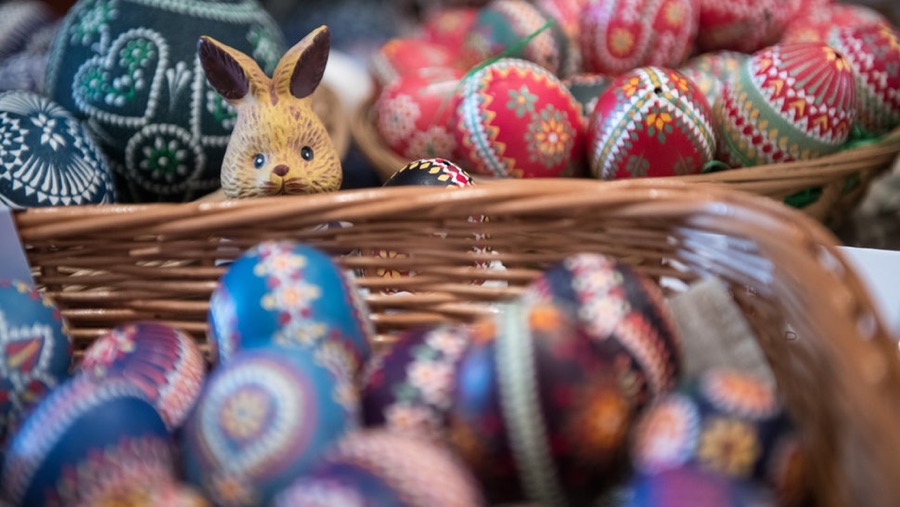

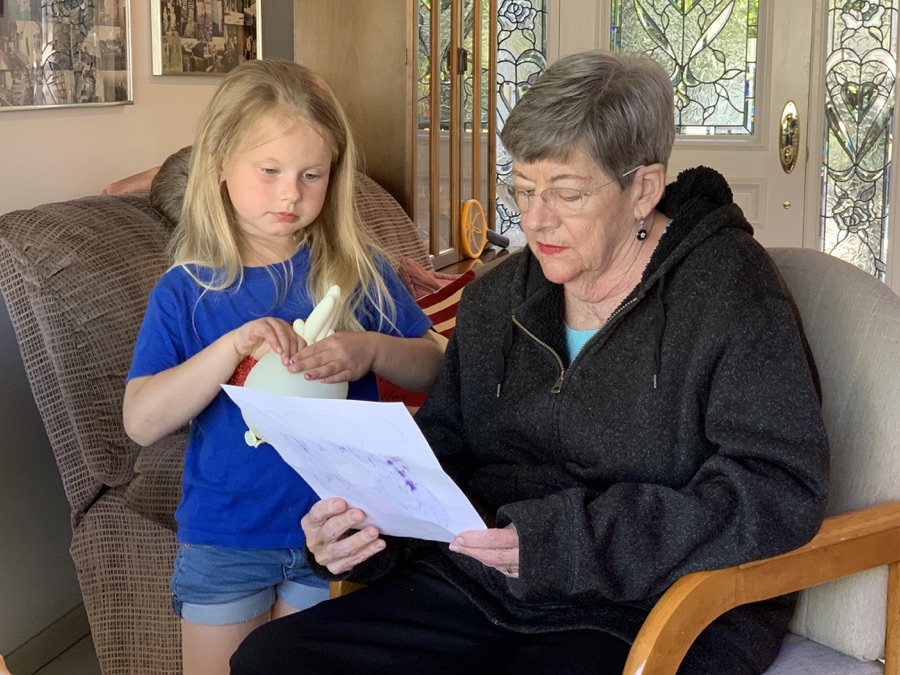
Miss Lilly creates special artwork for Great Grandma Sue

This requires a lot of explanation


